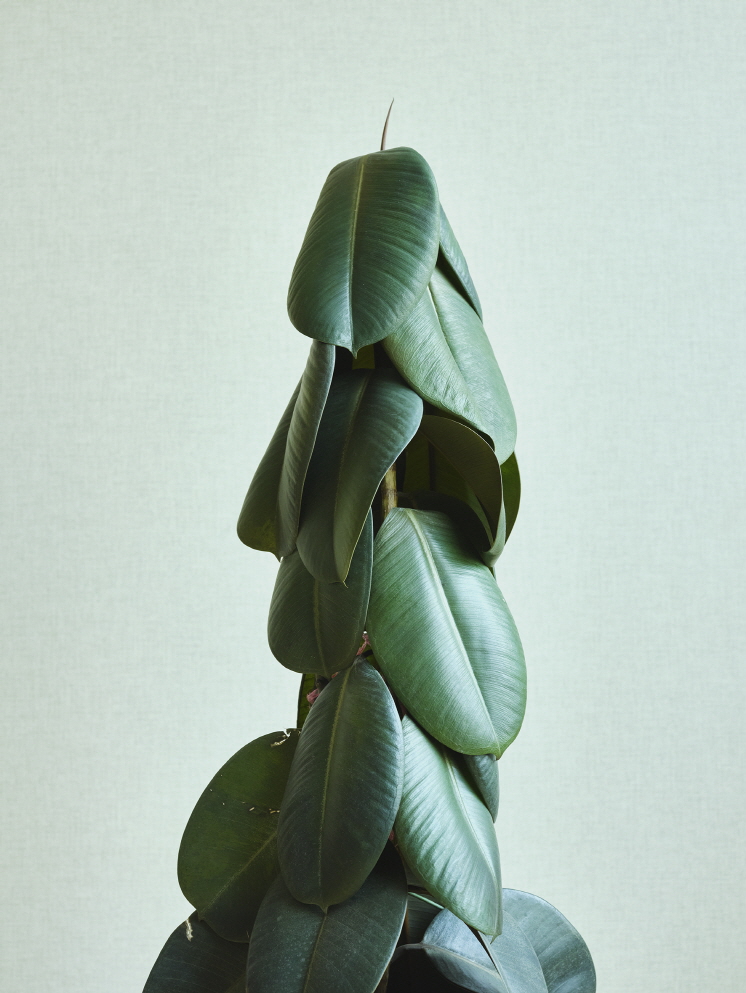 Jeong Kyungja, 'Nevertheless_02,' 2021, Digital pigment print, 100 x 129 cm.
Jeong Kyungja, 'Nevertheless_02,' 2021, Digital pigment print, 100 x 129 cm.We can intuitively grasp what the photographic works by Jeong Kyungja (b. 1974) are capturing. The subject matter is clearly revealed in the artwork. The captured scenes are far from huge or impressive but closer to quotidian and thus forgettable. Jeong attempts to point out mediocre objects and scenes that reflect herself in her photographic works, which are, in other words, things that are lost or misplaced in the wrong place.
The process of creating her photographic works is as simple as the works themselves. Jeong takes snapshots of moments she encounters with a digital camera. Rather than thoroughly preparing and planning to create each photographic work, Jeong prefers to press the shutter button at accidentally encountered moments that mirror herself.
Jeong takes pictures of objects, places, and settings just the way she encounters them through the camera. Jeong avoids defining the world through her photographic works. She simply captures a passed-by scene to reveal the real world. The captured world is without a message, without any positive or negative sentiments.
Yet, Jeong’s artwork approaches a rather tense and surreal sentiment as the pictures grasp sudden encounters. The objects that appear in the scene are those that the artist associates with herself, and these objects are mostly considered useless, unexpected, or malfunctioned. Such subject matter is ambiguous and sometimes even desperate. The artist captures these objects with equanimity, making real subjects look surreal.

Jeong Kyungja, 'Story within a Story_27,' 2011, Digital pigment print, 100 x 100 cm.
Jeong has worked on various series with different themes in each exhibition. Jeong is interested in stories created differently depending on how the images are combined in series, so she tries different compositions for each exhibition. The following series was created after 2010.
The Story within a Story (2010–11) series uses basic photography techniques to capture another world encountered in reality through different objects. In Speaking of Now (2012–2013), the artist captures her personal experience of life and death through her acquaintance who battled a disease.
 Jeong Kyungja, 'Suspended Landscape_17,' 2011, Digital pigment print, 100 x 100 cm.
Jeong Kyungja, 'Suspended Landscape_17,' 2011, Digital pigment print, 100 x 100 cm.In the Language of Time (2013–2014) series, Jeong took pictures of disappearing ruins and the surrounding objects to depict the cycle of creation, growth, and extinction. The Elegant Town (2016) series is a group of photos taken in artificial environments in new cities in Korea recombined with images from nature.

Jeong Kyungja, 'Language of Time_15,' 2014, Digital pigment print, 100 x 100 cm.
Drifting (2019) is a series that calmly captures the peripheries of residences or cathedrals, capturing the images of modern cities losing their identity due to indiscriminate development. The So, Suite (2021) series are pictures of a twenty-five-year-old hotel suite that is about to disappear. The suites are spaces that get reset with new sheets and guests, thus an area where time and memory do not culminate. The group of pictures in the Nevertheless (2021) series captures the unrealistic reality of the Covid-19 pandemic through the images of dying plants frozen during winter or faded colors of cherry blossoms.

Artist Jeong Kyungja. Courtesy of the artist.
Artist Jeong Kyungja has had solo exhibitions in a number of galleries, including Gallery Jinseon (Seoul, 2021), Gallery Lux (Seoul, 2016), and Ilwoo Space (Seoul, 2014). Jeong participated in a number of group exhibitions held at various art institutions such as UARTSPACE (Seoul, 2018), Nam Seoul Museum of Art (Seoul, 2018), Seoul Museum of Art Seosomun Main Building (Seoul, 2017), Dong Gang Museum of Photography (Yeongwol, 2015), Daegu Art Factory (Daegu, 2012), Central Academy of Fine Arts (Beijing, 2007), and Verkligheten Gallery (Sweden, 2007). Jeong’s artworks are in the collections of GoEun Museum of Photography (Busan, Korea), Ilwoo Foundation (Seoul, Korea), National Museum of Contemporary Art, Art Bank (Gwacheon, Korea), and Government Art Bank (Gwacheon, Korea)



















